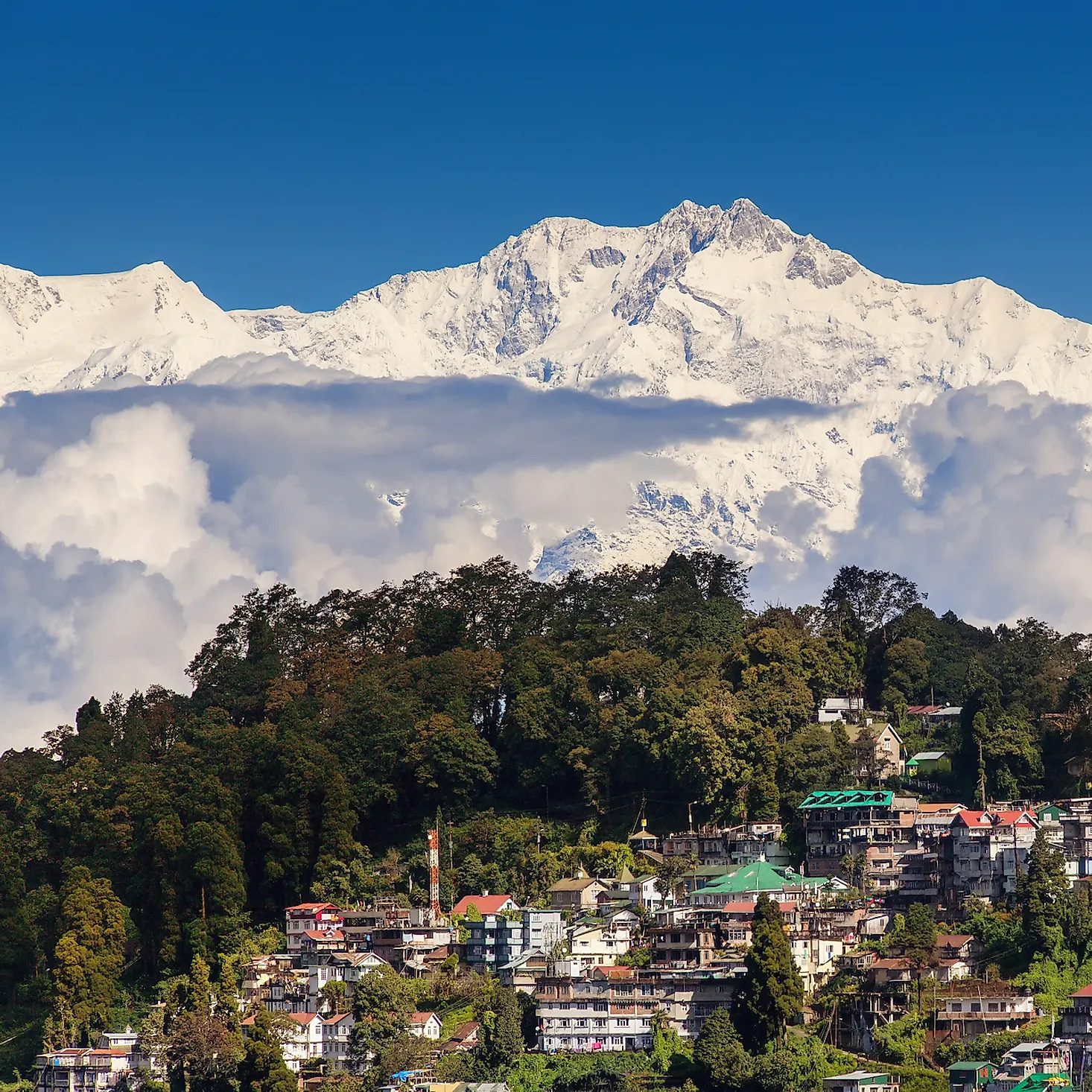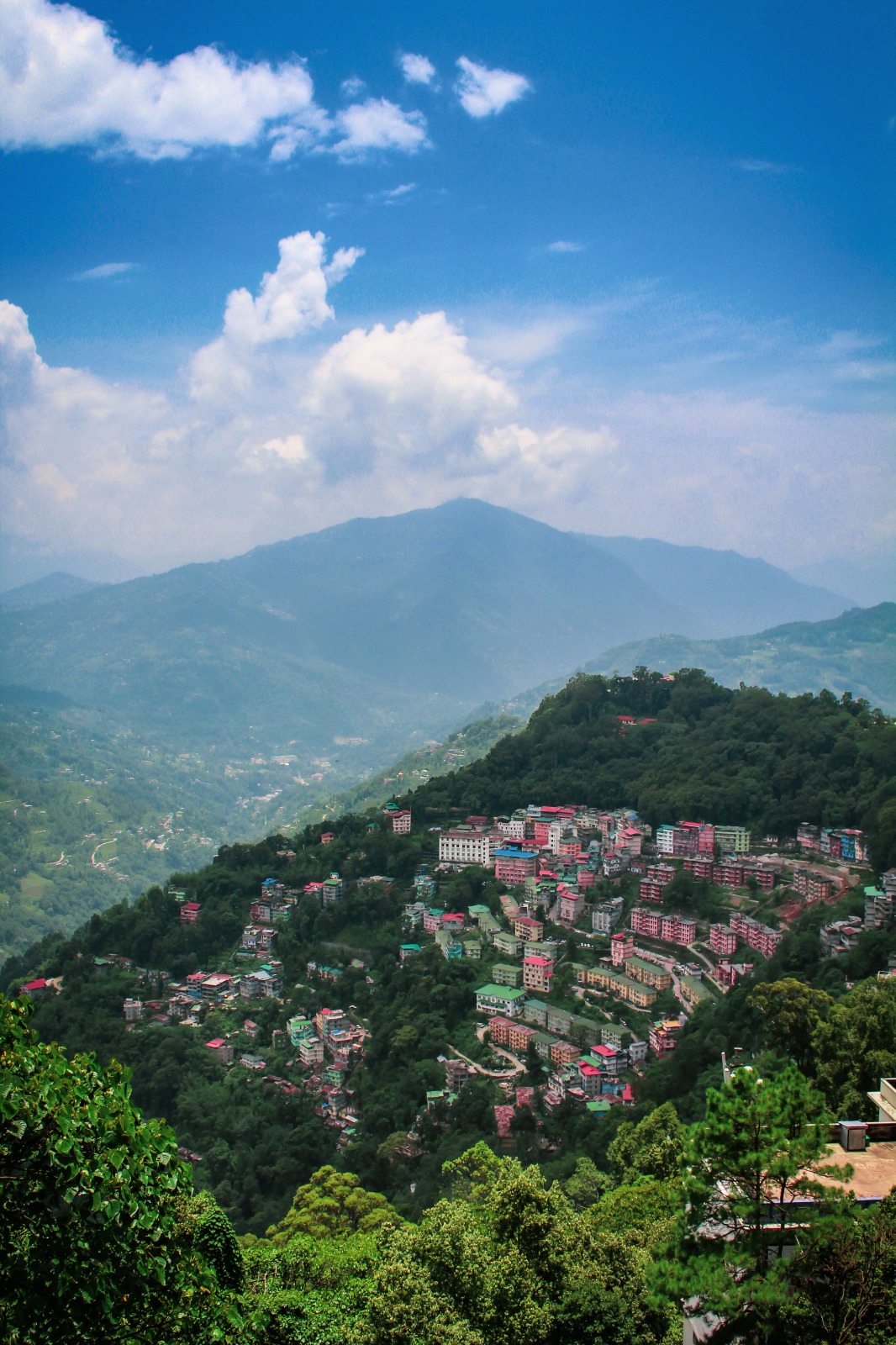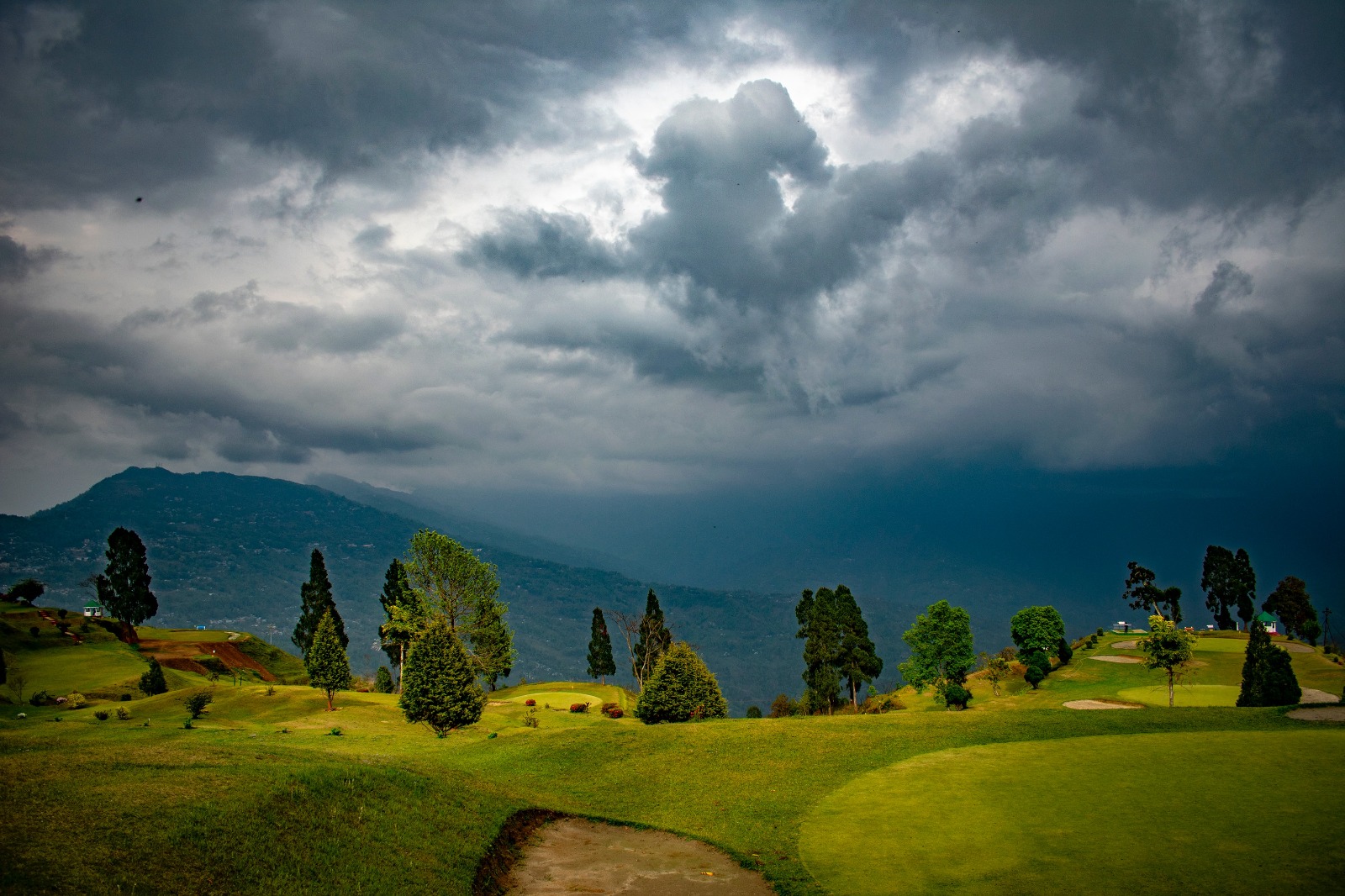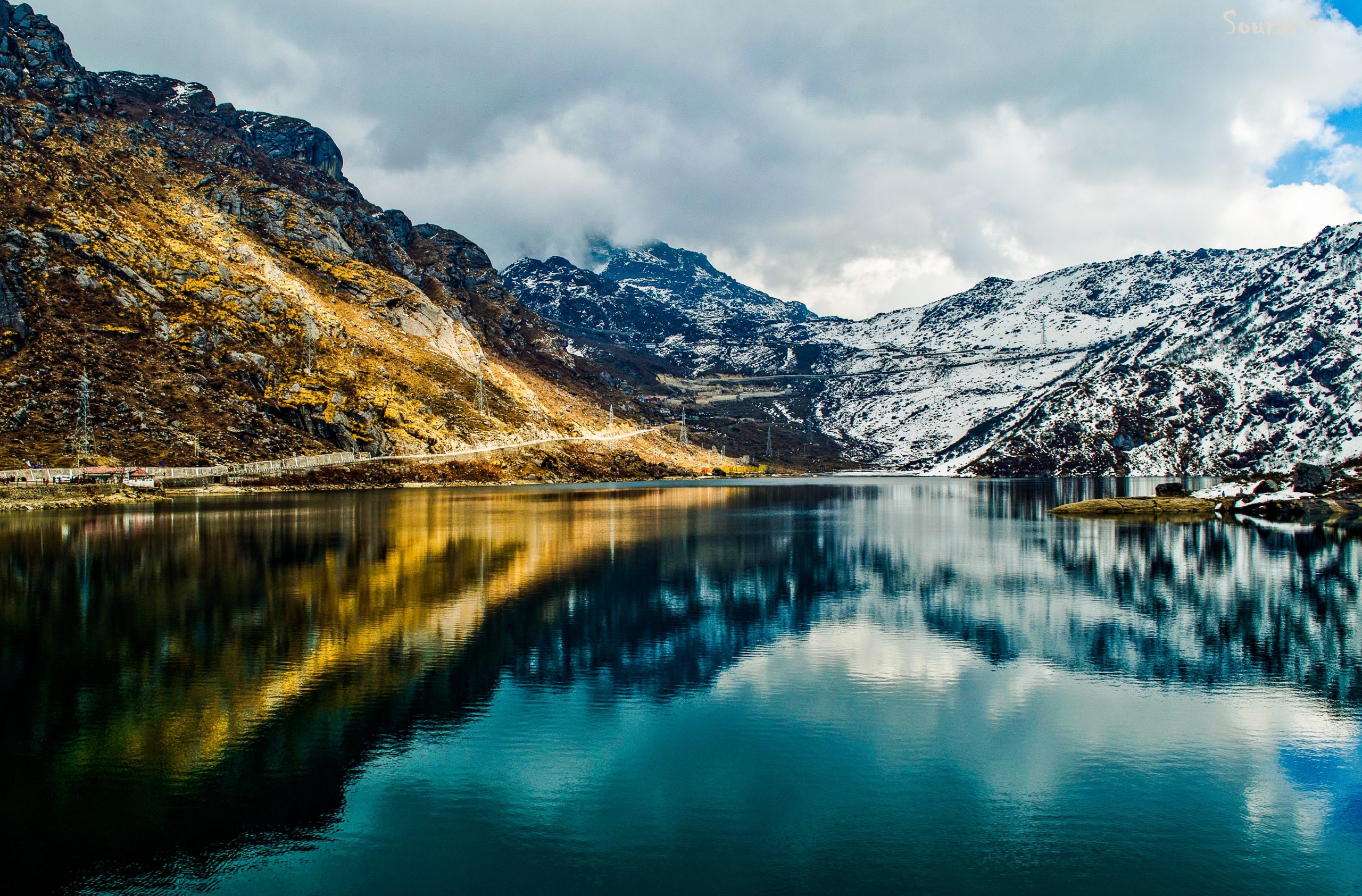Punakha, the ancient capital of Bhutan, is a captivating district nestled in the verdant valleys of the Himalayas. Steeped in history, adorned with architectural marvels, and surrounded by breathtaking landscapes, Punakha offers a sensory feast for travelers seeking cultural richness and natural beauty.
The journey to Punakha often begins from Thimphu, the current capital, with a scenic drive through the Dochula Pass. At an elevation of 3,100 meters, this mountain pass presents an awe-inspiring panorama of snow-capped peaks. The 108 stupas dotting the pass add a touch of spirituality to the journey, setting the tone for the cultural treasures that await in Punakha.
Punakha Dzong, also known as Pungthang Dechen Phodrang (Palace of Great Happiness), stands as the crown jewel of Punakha. This majestic fortress, situated at the confluence of the Pho Chhu and Mo Chhu rivers, is an architectural masterpiece that seamlessly blends Bhutanese and Tibetan styles. Constructed in 1637 by Zhabdrung Ngawang Namgyal, the founder of Bhutan, the dzong served as the seat of the government until the capital was moved to Thimphu in 1955.
As you approach Punakha Dzong, the sheer scale and beauty of the structure become apparent. White-washed walls, intricate woodwork, and traditional Bhutanese architecture create a visually stunning tableau against the backdrop of the flowing rivers. Crossing the wooden cantilever bridge over the Mo Chhu, you enter the dzong, where courtyards, temples, and administrative offices unfold. The dzong houses sacred relics, including the embalmed body of Zhabdrung Ngawang Namgyal, adding to its spiritual significance.
Beyond the historical significance, Punakha Dzong is renowned for hosting the Punakha Tshechu, an annual festival that draws locals and tourists alike. The festival showcases vibrant masked dances, traditional music, and religious ceremonies, providing a glimpse into Bhutanese cultural traditions.
A short drive from the dzong leads to Chimmi Lhakhang, a fertility temple dedicated to Lama Drukpa Kunley, known as the "Divine Madman." The trail to the temple winds through terraced fields and traditional villages, offering a serene trek amidst nature's bounty. Chimmi Lhakhang, adorned with phallus symbols and colorful murals, exudes a unique and lighthearted spiritual ambiance. The temple holds cultural importance, and it is not uncommon for visitors to receive blessings for fertility and well-being.
For those seeking a dash of adventure, the Punakha Suspension Bridge beckons. One of the longest suspension bridges in Bhutan, it spans the Mo Chhu river, connecting the town of Punakha with the dzong. The bridge's swaying path provides not only a thrilling experience but also panoramic views of the surrounding landscapes.
The landscapes surrounding Punakha are a tapestry of rice fields, orchards, and traditional Bhutanese homes. The Punakha valley, with its temperate climate, is conducive to agriculture, and the sight of farmers cultivating rice terraces is a common tableau.
As the day winds down, and the golden hues of the setting sun cast a warm glow over Punakha, visitors often find tranquility in the natural beauty that defines this region. The serenity of the rivers, the ancient whispers of the dzong, and the harmonious coexistence of tradition and modernity make Punakha a destination that lingers in the hearts of those fortunate enough to experience its charm.
In conclusion, Punakha invites travelers into a world where history, spirituality, and nature converge. Whether exploring the grandeur of Punakha Dzong, seeking blessings at Chimmi Lhakhang, or traversing the suspension bridge, every step in Punakha is a journey into the soul of Bhutan, where the past gracefully meets the present amidst the timeless beauty of the Himalayas.




